Ultimate Guide to The Best Live Streaming Cameras in 2025
Choosing the best live streaming camera in 2025 can be challenging, with options ranging from webcams and smartphones to 8K camcorders and AI-powered PTZ cameras. Whether you’re a business, content creator, educator, church, or event broadcaster, the right camera impacts stream quality, audience engagement, and ease of setup.
This guide to the best live streaming cameras in 2025 breaks down camera types, use cases, and pricing. It includes updated model recommendations—from webcams for streaming to professional streaming cameras for church services and events. You’ll also learn how to connect cameras to platforms like Dacast and software like OBS.
In 2025, new features like AI auto-tracking, USB-C support, wireless streaming, NDI HX3, and 8K resolution are becoming standard. Some models now offer XLR audio for high-quality sound. Whether you need a 4K live streaming camera, NDI camera, or low-light performer, this guide helps you find the right fit.
We also cover key buying factors like HDMI vs SDI, how to choose a camera for live streaming events, and how to connect your gear for reliable results. If you’re wondering what camera most streamers use in 2025 or how to set up a multi-camera church stream, you’ll find everything you need here.
Table of Contents
- What to Look for When Choosing a Streaming Camera in 2025
- AI in Live Streaming Cameras (2025 Trends)
- Camera Types for Streaming: Pros, Cons, and Best Use Cases
- Live Streaming Camera Recommendations: A Recap
- Best Live Streaming Cameras by Use Case
- FAQs
- Conclusion
What to Look for When Choosing a Streaming Camera in 2025
Choosing the best live streaming cameras in 2025 means balancing video quality, connectivity options, and smart features. Resolution and frame rate are key. 1080p at 60 frames per second is standard for smooth video, while 4K and even 8K live streaming cameras are becoming more accessible for top-tier productions.
Connection type matters depending on your setup. HDMI and SDI remain reliable for professional use, but USB-C cameras for live streaming offer easy plug-and-play for beginners. Emerging protocols like NDI and RTMP support wireless and IP-based streaming, giving more flexibility. AI tracking and auto-framing help keep subjects centered without manual control, improving production quality.
Ensure your camera is compatible with your encoder and streaming platform, whether it’s OBS, vMix, or Dacast’s live streaming platform.
Finally, latency is important—lower latency means better real-time interaction, crucial for events and sports streaming.
AI in Live Streaming Cameras (2025 Trends)
AI-powered live streaming cameras are becoming standard in 2025. AI tracking cameras like the OBSBOT and Insta360 Link use machine learning to automatically follow subjects, ideal for solo streamers or multi-camera church setups without dedicated operators.
Machine learning also improves auto exposure and ISO control, adapting quickly to low light live streaming for clearer images. Real-time face detection and subject lock help maintain sharp focus and proper lighting even during movement.
Some cameras support AI-driven auto-switching, where the system can change camera angles automatically based on the scene, reducing the need for manual switching in multi-cam productions. These AI features integrate well with popular encoders and platforms such as OBS and Dacast, making live streaming easier and more professional for creators at all levels.
Camera Types for Streaming: Pros, Cons, and Best Use Cases
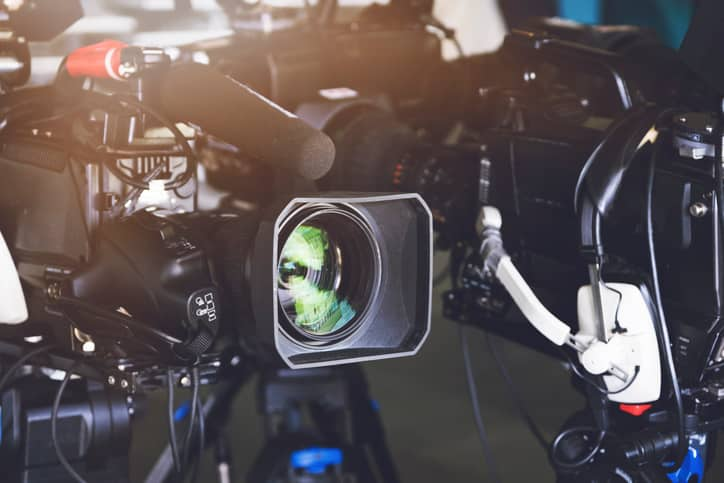

There are several different types of cameras for live streaming. Some are more user-friendly than others, and some provide a higher-quality image. Different models are available at different price points.
As with so many other questions about broadcasting live video, which live streaming camera you choose depends on what you want to do. In order to make your search easier, it is a good idea to start with a clear idea of what you want to achieve.
Do you want to simply stream live video on your website via your online video platform? Have plans to do professional live streaming in a business context? Do you have other live streaming goals and needs in mind? The answer to these questions will also influence your choice.
With that in mind, let’s take a look at five popular types of cameras for live streaming. Let’s start with webcams, which are the most basic and inexpensive live streaming cameras.
1. Webcams for Live Streaming
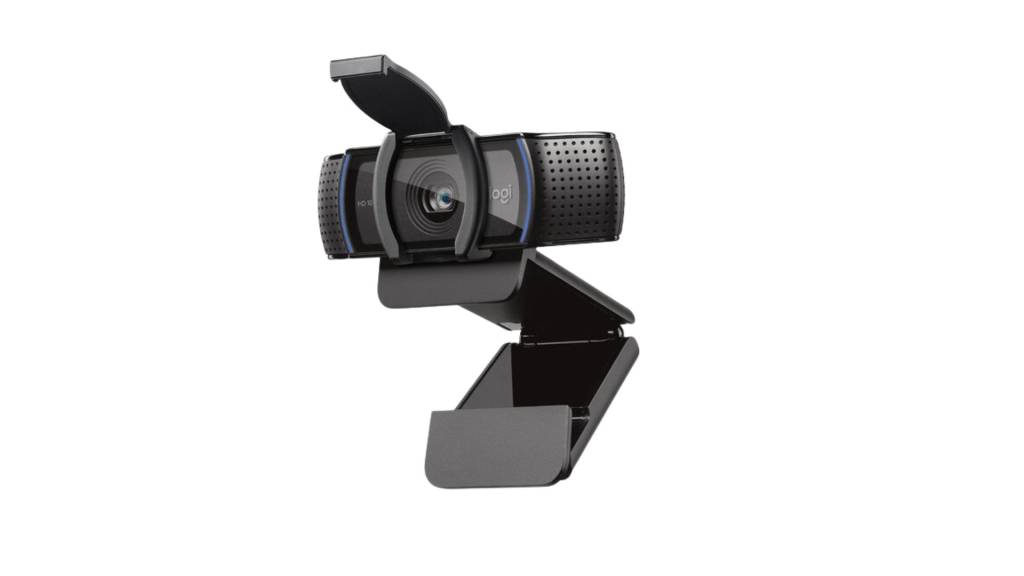

A webcam is often the easiest way to get started with live streaming. Most laptops come with one built in, but external models offer better video quality and flexibility. These cameras plug in via USB, so there’s no need for a capture card or extra power source.
Today’s best webcams for streaming go far beyond the basics. Top options like the Logitech Brio 4K, Elgato Facecam Pro, and OBSBOT Tiny 2 now support 4K resolution, 60fps frame rates, USB-C, and software-controlled settings. Many also use AI to auto-track your face and adjust lighting in real time.
Webcams are ideal for:
- Webinars and online meetings
- Beginner Twitch streamers
- YouTube creators
- Church or classroom streams on a budget
While you’ll still want a dedicated mic for pro-level audio, modern webcams are a great entry-level camera for live streaming with minimal setup.
Webcam Recommendations
If you’re looking for a reliable webcam for streaming, here are some of the best live streaming cameras in 2025 for entry-level setups:
- Logitech Brio 4K – Crisp 4K resolution, 60fps, HDR, and USB-C. Great for Zoom, webinars, and YouTube.
- Elgato Facecam Pro – Optimized for creators with 4K 60 support, clean image quality, and advanced software control.
- OBSBOT Tiny 2 – AI-powered auto-tracking, gesture control, and low-light optimization. Ideal AI camera for solo streamers or church services.
These webcams work well with Dacast and most live streaming software, making them a solid choice for budget-conscious streamers or multi-camera setups.
2. Smartphones for Live Streaming
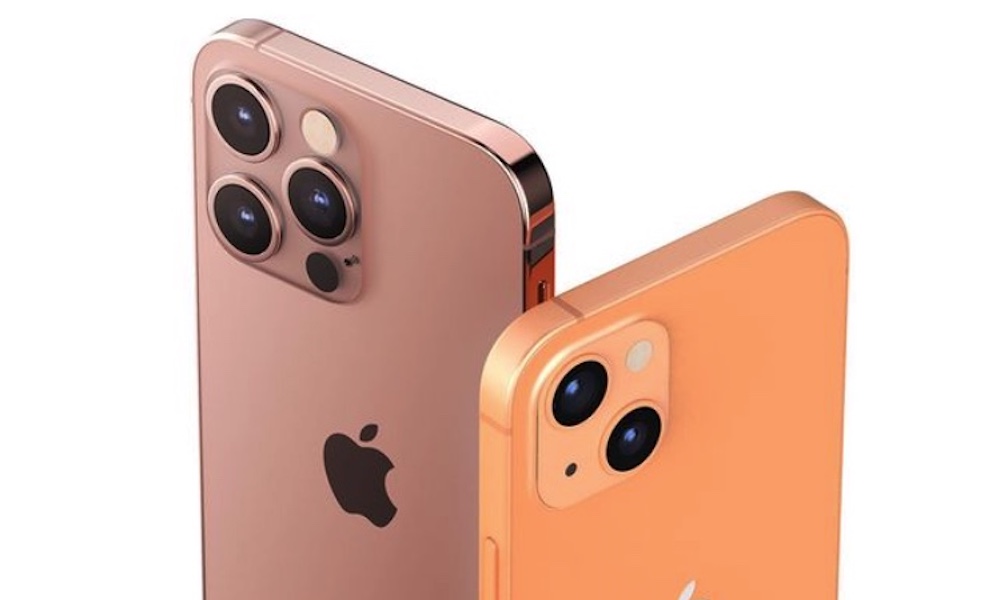

When is a Smartphone Enough for Live Streaming?
Smartphones like the iPhone 15 Pro, Samsung Galaxy S24 Ultra, and Sony Xperia Pro-I (with HDMI out) now offer excellent video quality, including 4K and 5K capture, making them suitable for basic live streaming. Using apps like Larix Broadcaster (RTMP) or NDI Camera, they can serve as flexible, portable tools—great for mobile use or backup angles in multi-camera setups for church streaming and events.
However, smartphones still have limits: built-in microphones often capture background noise, low-light performance is weak, and zoom and manual controls are basic. For professional-quality streams, especially for church services or multi-camera setups, dedicated webcams, PTZ cameras, or OBS-compatible cameras remain the better choice.
Smartphone Recommendations
- iPhone 15 Pro
- Samsung Galaxy S24 Ultra
- Sony Xperia Pro-I (with HDMI output)
These models combine strong video capture with the connectivity needed for streaming apps and external accessories.
3. Wireless Cameras for Live Streaming
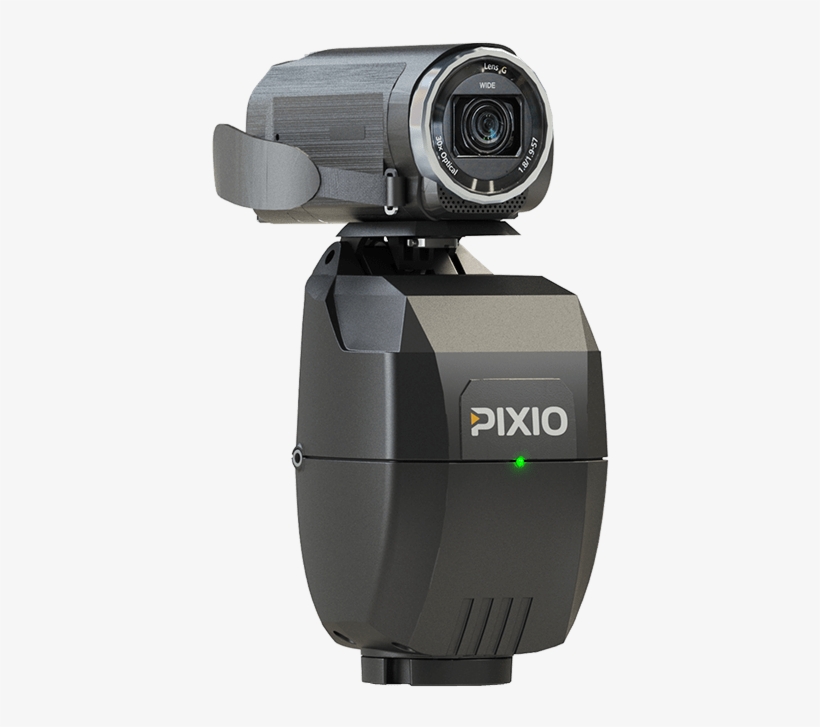

Broadcasters who cover sports, field reporting, or vlogging often need cameras that work well outside the studio. Wireless cameras like the GoPro Hero 12 Black, DJI Pocket 3, and Mevo Start 2 offer the freedom to stream on the move, supporting built-in Wi-Fi, LTE, and popular protocols like RTMP and NDI. These features make it easier to set up a multi-camera setup for outdoor live streaming, whether you’re using an AI-powered live streaming camera or a USB-C camera for live streaming. This flexibility is especially useful for events where wired connections or traditional PTZ cameras for live streaming aren’t practical.
If you want to know how to connect camera to live streaming software like OBS, these wireless models are often fully compatible, making them a top choice for those seeking the best live streaming cameras in 2025. They also fit well for use cases like church streaming and other live events where mobility is key.
Wireless Camera Recommendations
For reliable wireless streaming on the go, consider these top options:
- GoPro Hero 12 Black – Compact, rugged, with excellent 4K video and built-in Wi-Fi and LTE support for seamless outdoor streaming.
- DJI Pocket 3 – Ultra-portable with AI tracking and stabilization, ideal for vlogging and field reporting.
- Mevo Start 2 – Designed specifically for live streaming, supports wireless multi-camera setups with NDI and RTMP protocols.
Each of these cameras offers great compatibility with popular streaming platforms like Dacast and works well in multi-camera setups for outdoor or mobile streaming needs.
4. IP Cameras for Live Streaming
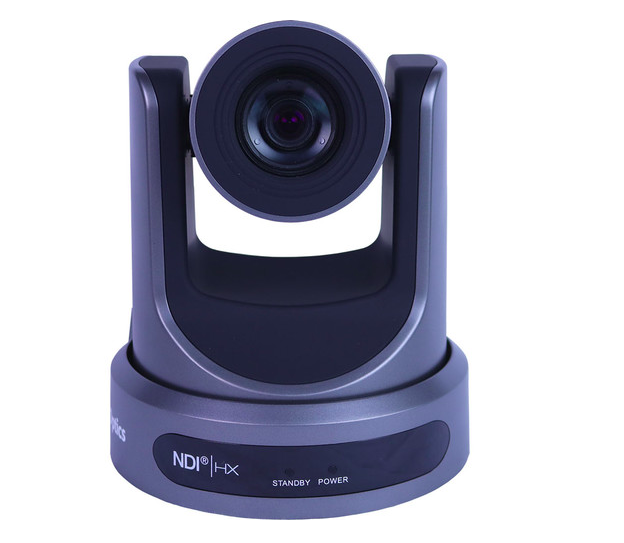

Why Churches, Classrooms, and Courtrooms Love IP Cameras
IP cameras connect directly to your network using an IP address, making them more flexible than typical webcams. Because they use Ethernet, often with Power over Ethernet (PoE), they can run 24/7 and be placed almost anywhere, which makes them ideal for fixed setups like church services, classrooms, and courtrooms.
These cameras support low-latency streaming with protocols like NDI HX3, allowing smooth integration into multi-camera setups. However, IP cameras usually require an encoder since their streaming protocol isn’t always compatible with live streaming software directly.
While IP cameras tend to cost more than webcams or USB-C cameras, they offer high-quality video and remote control options such as PTZ (pan-tilt-zoom), making them a great choice for professional environments needing reliable, long-term streaming.
IP Camera Recommendations
- BirdDog P100 – a compact PTZ camera with excellent NDI HX3 support
- PTZOptics Move 4K – versatile for church streaming and conference rooms
- OBSBOT Tail Air – an AI-powered tracking camera perfect for single-operator setups
These IP cameras pair well with Dacast’s live streaming platform, supporting HDMI vs SDI streaming workflows and making it easy to connect cameras to live streaming software for high-quality broadcasts.
PTZ Cameras for Live Streaming
PTZ cameras (pan-tilt-zoom) are a top choice for professional streaming, especially for churches, events, and conferences. These cameras let you remotely control movement and zoom, making them ideal for multi-angle shots without extra crew. Many 2025 models offer 4K resolution, NDI support, and AI-powered auto-tracking, which is great for live streaming sermons, concerts, or panel discussions. PTZs can be mounted discreetly and work well in low light, making them one of the best camera options for church live streaming or hybrid events. Look for models with HDMI, SDI, or USB-C outputs depending on your setup. For audio, choose a live stream camera with XLR support or pair with an audio interface.
Recommended PTZ Cameras (2025)
- Sony SRG-XP1: Compact, 4K, NDI-ready
- AVer TR333V2: AI auto-tracking camera, HDMI and SDI
- PTZOptics Move 4K: OBS-compatible, great for church streaming
5. Professional-Quality Cameras for Live Streaming
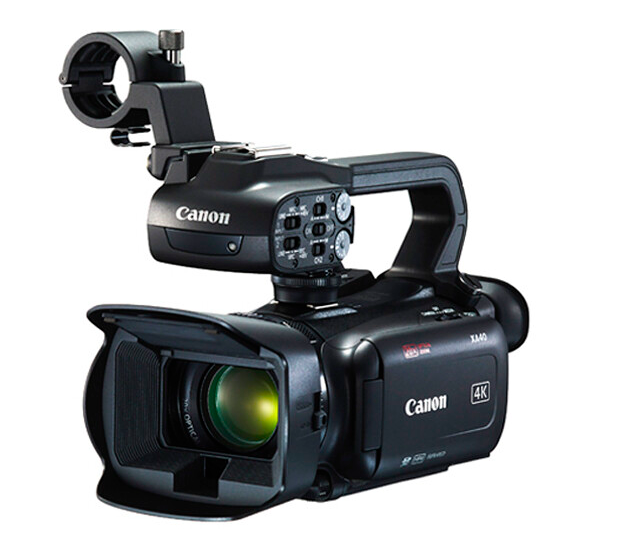

For professional live streaming in 2025, cameras like the Sony FX30, Panasonic Lumix GH6, and Blackmagic Pocket Cinema 6K Pro offer excellent quality and flexibility. These cameras allow lens changes, zoom, and wide-angle options, plus features such as external monitors, hot-swappable batteries, and filters.
A key advantage of professional cameras is support for XLR audio inputs, which deliver superior sound quality compared to typical webcam mics. While not as portable as webcams or USB-C cameras for live streaming, these camcorders and DSLRs remain manageable for on-site setups, including multi-camera setups for church live streaming or outdoor streaming.
Professional cameras usually require a capture card setup to connect to your streaming software, such as CamLink 4K, ATEM Mini, or Magewell USB Capture devices. These capture cards convert HDMI or SDI outputs into USB signals compatible with platforms like OBS and Dacast. Understanding HDMI vs SDI streaming is important: HDMI is common and more affordable, while SDI offers longer cable runs and more reliable connections for broadcast environments.
Although professional gear can be costly—starting near $1,000 for HDMI models and several thousand for SDI—investing in a camera that fits your specific use case, such as an AI-powered live streaming camera or a PTZ camera for live streaming church services, will improve your stream’s quality and reliability.
Professional Camera Recommendations
If you’re looking for solid professional options, the Canon XF605 UHD 4K HDR and Canon XA40 UHD 4K camcorders remain top picks in 2025, providing excellent compatibility and image quality for a range of live streaming needs.
Live Streaming Camera Recommendations: A Recap
This chart aims to provide an easy reference for streamers researching the best live streaming cameras 2025, helping you decide what fits your budget, use case, and platform compatibility, with a nod toward the latest AI and connectivity trends.
| Camera Name | Price | Resolution / FPS | Best For | Connectivity | Encoder Compatibility | AI Features |
| Logitech C920s HD Pro Webcam | $59.99 | 1080p @ 30 FPS | Webcam for streaming, beginners | USB | OBS-compatible, USB encoding | No |
| iPhone 13 Pro Max 5G 128GB | $799 | 4K @ 60 FPS | Mobile streaming, versatile use | Lightning, USB-C via adapter | Compatible with most via capture card | No |
| Pixio Wireless Camera | $1,719 | 4K @ 30 FPS | Wireless camera for outdoor streaming | Wi-Fi, HDMI | Works with HDMI capture cards | Yes (AI tracking camera) |
| PTZOptics 30X-NDI Broadcast Camera | $1,899 | 1080p @ 60 FPS | Best PTZ camera for live streaming, churches | NDI, HDMI, USB-C | OBS-compatible, NDI support | Yes (AI tracking camera) |
| Canon XF605 UHD 4K HDR Pro Camcorder | $4,699 | 4K @ 60 FPS | Professional camcorder, multi-camera setups | SDI, HDMI | Capture card setup for camcorders and DSLRs | No |
| Canon XA40 Professional UHD 4K Camcorder | $1,599 | 4K @ 30 FPS | Pro camcorder for low light streaming, church services | HDMI, SDI | Capture card setup for camcorders and DSLRs | No |
Best Live Streaming Cameras by Use Case
Here are some top picks based on common streaming needs in 2025:
- Best for Churches: PTZOptics Move 4K with NDI – offers smooth remote control and excellent image quality for multi-camera church streaming setups
- Best for Events: Blackmagic ATEM paired with Sony FX30 – professional quality with flexible multi-camera switching
- Best for Beginners: Logitech Brio or Elgato Facecam – simple USB-C webcams that work well with popular streaming software
- Best for Sports: GoPro Hero 12 Black plus an RTMP app – rugged, wireless, and ideal for outdoor live streaming
- Best Camera for Low Light Live Streaming: Sony A7 IV – advanced sensor and AI-powered exposure for clear night or indoor shots
- Best Wireless Camera for Outdoor Streaming: Panasonic GH6 with wireless transmitter – reliable and portable for remote locations
Selecting the right camera for your use case helps you get the most out of your streaming setup while fitting your budget and technical needs.
FAQs
What camera do most live streamers use in 2025?
Most streamers in 2025 use USB-C webcams like the Elgato Facecam or mirrorless cameras like the Sony ZV-E10, depending on their budget and setup needs.
What’s the best budget camera for live streaming?
The Logitech Brio is a top budget pick for its 4K support and plug-and-play simplicity. For under $200, it works well for beginners and remote presenters.
Do I need a capture card with a DSLR or camcorder?
Yes, if your camera doesn’t support USB video out, you’ll need a capture card to connect it to your computer for streaming.
What’s the difference between HDMI and SDI for live streaming?
HDMI is common and affordable, ideal for short cable runs. SDI offers better stability and longer cable lengths, making it more suitable for professional or event setups.
Can I use a PTZ camera for YouTube or church streaming?
Yes, PTZ cameras are perfect for church services and YouTube, offering remote control, zoom, and smooth motion for dynamic, hands-free streaming.
How do I connect my live stream camera to OBS?
You can connect your camera to OBS via USB, HDMI with a capture card, or IP (NDI or RTMP), then add it as a video source in OBS settings.
Conclusion
Choosing the best live streaming camera in 2025 depends largely on your unique goals and setup. What works perfectly for one broadcaster might not fit another’s needs, whether you’re looking for an AI-powered live streaming camera, a PTZ camera for live streaming, or a simple webcam for streaming.
This guide has covered a wide range of options—from USB-C cameras for live streaming and 8K live streaming cameras to the best camera for church live streaming with PTZ and wireless cameras for outdoor live streaming. Understanding how to connect your camera to live streaming software and whether HDMI vs SDI streaming suits your setup can make a big difference.
Many streamers today are building multi-camera setups for church live streaming or business events, often using cloud-based encoders to simplify their workflow. If you want to dive deeper into choosing the best encoder for your live stream, check out our detailed Best Encoder for Live Streaming guide. For beginners or those using OBS-compatible cameras, our OBS Setup Guide offers step-by-step help. And to explore how cloud live streaming can boost your broadcasts, visit our Cloud Live Streaming on Dacast page.
Ultimately, knowing your audience and production goals is key. Whether you are streaming church services, sports, hybrid business events, or casual streams, there’s a camera tailored to your needs in 2025’s diverse market.
If you’re ready to experience a professional live streaming platform that supports all these modern features, consider trying Dacast with a 14-day free trial—no credit card needed.
For regular live streaming tips and exclusive offers, you can also join our LinkedIn group.
As always, thanks for reading, and good luck with your broadcasts.
Please note that this post was originally written by Max Wilbert. It was revised in 2021 by Emily Krings to include the most up-to-date information. Emily is a strategic content writer and storyteller. She specializes in helping businesses create blog content that connects with their audience.

 Connect
Connect
 Events
Events Business
Business Organizations
Organizations Entertainment and Media
Entertainment and Media API
API Tools
Tools Learning Center
Learning Center Support
Support Support Articles
Support Articles